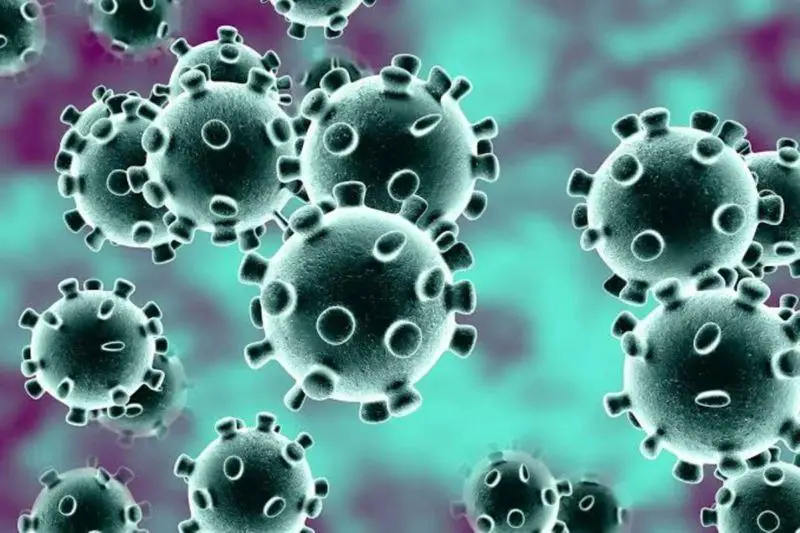Everybody is talking about the coronavirus and we all have questions about it, here are the answers to most popular ones such as how did it start to spread, where did the virus come from, what can we learn from its genetic sequence, and most importantly, is there a cure?
So far there are about 2,700 people infected in China and 80 deaths have been reported. The outbreak has already reached countries like Thailand, Japan, South Korea, Taiwan, Nepal, US and Europe. Scientists are in search of a possible cure.
After almost a month of having reported the first outbreaks of the new coronavirus (nCoV) in China, scientists around the world continue to answer questions. So far, about 2,700 infected and 80 deaths have been reported within the Asian country. The health authorities understand that, due to the behavior of the virus in these weeks, the mortality rate remains at around 3% but it is believed that past cases of SARS in 2001 and MERS 2012 are much more contagious.
The efforts to understand the outbreak are essentially special. Here are some of the questions that the medical community has already answered.
How does coronavirus spread?
Until January 22, it was still investigated whether the coronavirus, which was transmitted from an animal to a human, could be spread among people. After WHO confirmed it, the alerts were set globally and the Chinese government isolated the city of Wuhan, the focus of the infection. However, cases continued to increase and countries such as Thailand, Japan, South Korea, Taiwan, Nepal, the US and Europe have already got people with the infection.
Monitoring the speed of appearance of the new cases and how quickly the symptoms develop are fundamental indications to understand the behavior of the infection.
Where did the virus come from?
It is known that the genetic sequence of the virus, which was identified a week after the first case was reported outside of China, indicates that the animal that was the focus of infection could have been a bat that naturally carries this type of virus.
The first cases reported coincided with a visit to a market in Wuhan where live animals are sold. The authorities suspect a traditional dish that is consumed in China. The dish could be partially linked to the origin of the outbreak as its main ingredient is the bat. The preparation of the soup includes the head and wings of the animal.
The Asian tradition indicates that the presence of bat blood in that dish helps solving respiratory problems in those who consume it, as well as the use of the eyes helps preventing problems related to vision.
What can we learn from the genetic sequence of the virus?
A group of Chinese scientists led by Xingguang Li from the University of Bioengineering in Wuhan tried to clarify the origin of the new coronavirus. For this, they collected five 2019-nCoV sequenced genomes and compared them with 271 already known coronavirus sequences from different hosts (humans and animals) around the world.
After building a phylogenetic coronavirus tree, the researchers discovered that the new viruses they are monophyletic, which means that they came from a common ancestor, which occurred approximately two years ago.
The genetic sequence of the virus was spread out in just days, with it, the health authorities sent the necessary information including the cases that presented suspicions to the world. With the genome information it’s been possible to reach to the origin of the animal and it was even reported that the S-membrane protein, which gives the coronavirus its characteristic corona from 2019-nCoV is very similar to that of SARS-CoV, an infection also from China that infected about 8,000 people in more than 26 countries and left 800 dead.
Is there a vaccine or treatment for coronavirus and is it possible to create one?
So far, no medication or vaccine has been effective to treat SARS. A team from the China National Engineering Research Center for Emergency Drugs in Beijing is working on the development of a drug that blocks the receptor in human cells to which the virus adheres and uses to infect. The authorities hope to revive the efforts, which were made at the time, to develop a treatment that can control SARS and they plan to adapt it to this new outbreak.
A comparison of SARS and the new virus sequences from China, published on January 16, found that they bind to the same receptor.





